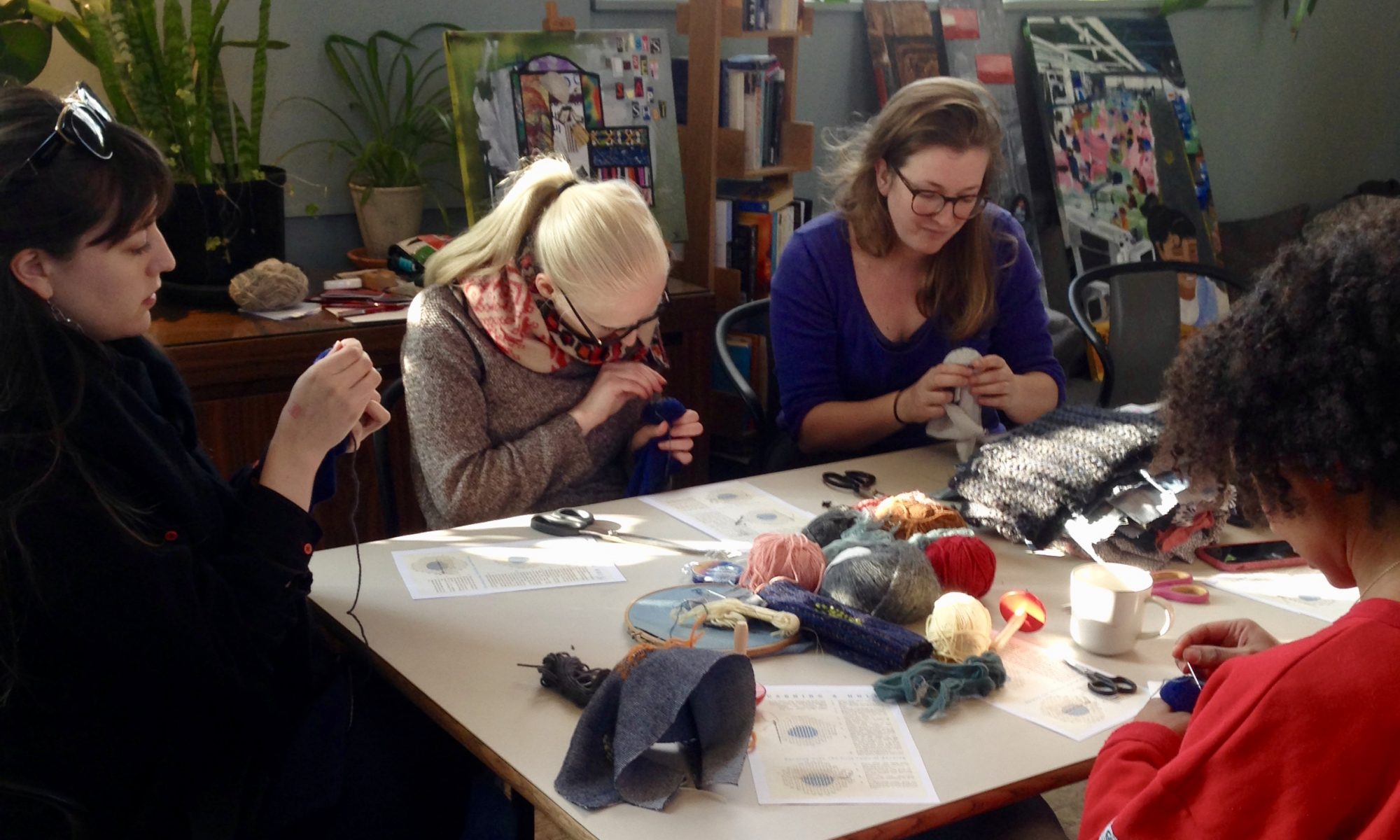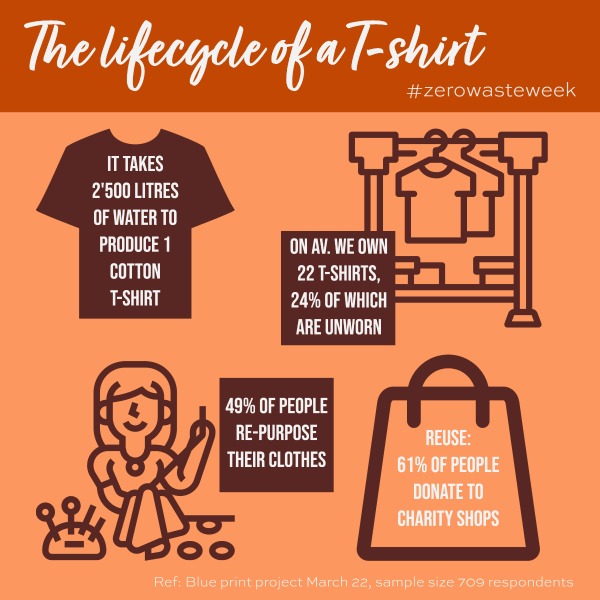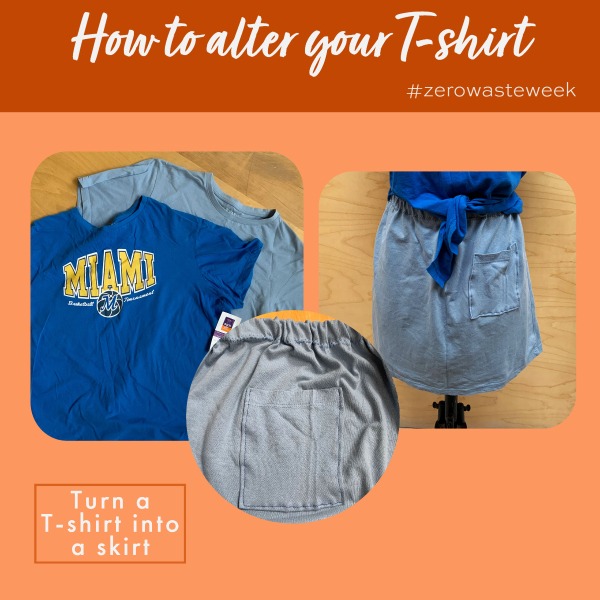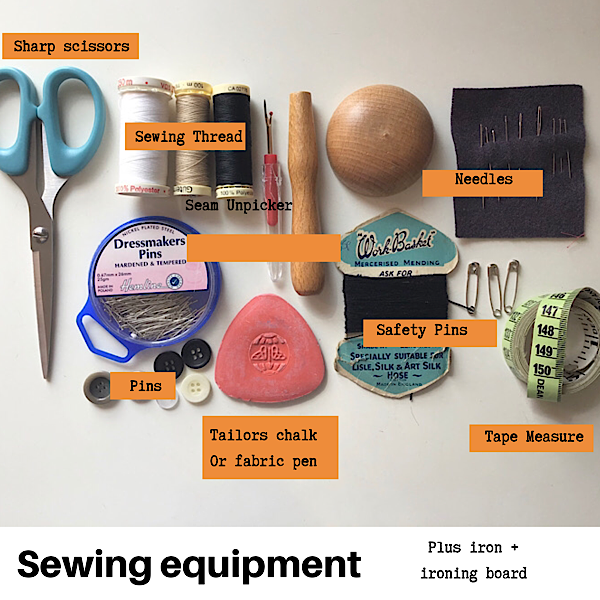Textile waste creates an estimated 92 tonnes globally each year according to this BBC article, Why clothes are so hard to recycle. For this week’s Zero Waste Week we are focusing on reusing one item of clothing in our wardrobes, the T-shirt. On average we own 22 T-shirts and tops. 24% of these are unworn, this is the top of all items of clothing and only second to footwear.
The above stats are part of a wardrobe survey undertaken by Ecowise who surveyed 709 people in March 2022 for Project BLUEPRINT. The project was commissioned by Essex County Council to create the first cross-border delivery model for Local Authorities to transition to a Circular Economy.
The results were fairly positive in terms of the respondents taking responsibility for their unworn clothes. 61% donated clothes to charity shops, 52% gave them away to friends whilst 49% re-purposed their clothes. So nearly half the respondents are mending and upcycling their clothes, great news! Sadly 38% are throwing them away in their recycling bins, which contaminates the rest of the recycling.

Five ways to save a T-shirt from landfill
1. Mend holes, cover stains, repair rips
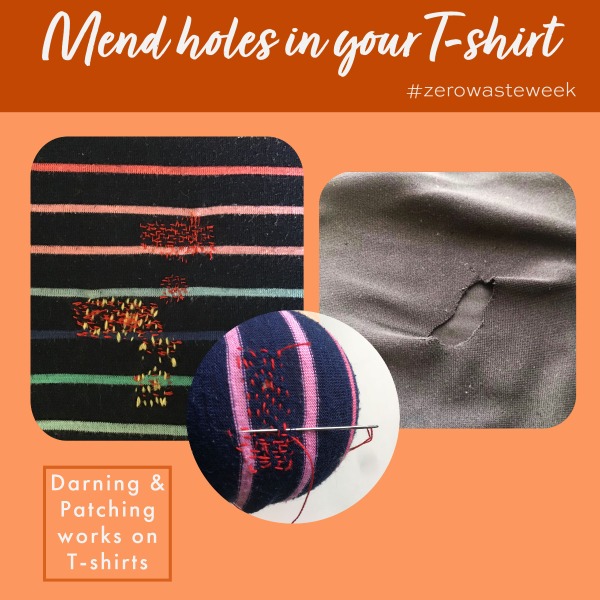
Holes can easily appear in T-shirts. I find the area around my jeans button creates a hole as the metal pulls on the fabric. T-shirts are usually made from jersey fabric, which has a knitted construction, like a jumper. A hole can easily be repaired using either darning or patching. Regular sewing thread works well for darning T-shirts as the fabric is finer than a jumper. The technique is the same and instructions can be found on our how to darn video.
If the hole is larger then you may prefer to patch it. Eleanor patched a hole in her leggings, the technique is the same for T-shirts. Found out how to patch your T-shirt (or leggings) on our blog.
If you are struggling to get a stain out of a T-shirt then cover it with decorative patches or a pocket (see the end of the skirt instructions).
2. Alterations
Sometimes T-shirts just need a bit of adjusting to create a top that you will love wearing. The knit construction means you don’t always have to sew, just cut a few bits off! The fabric rolls in on itself rather than fraying. I’ve rolled up the sleeves off this T-shirt and added elastic to the shoulder seams to make the sleeves shorter and a ruched effect. Follow my how to shorten the sleeves on a jumper video. The technique is the same but add the elastic to the shoulder seam. Find more detail on how I altered the T-shirt on this separate blog post.
More T-shirt alteration ideas:
- Trim the sleeves to create a cap sleeve.
- Cut off the sleeves for a sleeveless top
- Cut off the neck edging and reshape the neckline to a slash neck or V-neck
- Shorten to a waist length or crop top
- Shorten the hem by adding a length of elastic to the side seams, the same technique I mentioned above.
keep all the scrap pieces of T-shirt left over to use for patches or see tip 5
3. Upcycle into a skirt or pair of shorts
This works well with T-shirts that are damaged in the arm pit area as this part is cut off. Find more detailed instructions on our separate How To blog post. For shorts we recommend finding a sewing pattern that you like. Cutting up two T-shirts for the fabric then following the pattern. Charity shops have lots of sewing patterns often for a couple of pounds. If you pick up a vintage one, measure the flat paper pattern and compare it to your body measurements. Vintage patterns are often much smaller than our modern sizing.
4. Turn into a drawstring bag

This T-shirt is my husband’s favourite but he couldn’t remove the sweat smell after wearing it to the gym many times. I turned it into a bag for him to carry his boxing gloves, so I kept the Boxing Cat motif.
- Cut the top off the T-shirt in a straight line, keeping the motif if it has one.
- Cut off the sleeves. Cut off the hem as close to the line of stitching as possible.
- Turn the T-shirt inside out, pin together where the arm holes have created a gap
- Stitch where you have pinned using a sewing machine or backstitch by hand.
- Repeat on the other side.
- With an iron press a 2cm hem on the top of the T-shirt, right side to wrong side
- Stitch around the hem, close to the raw edge, creating a 2cm ‘channel’.
- Using the cut off hem as a drawstring, add into the channel with a safety pin.
5. Cut into patches and rags
If you have exhausted steps 1 to 4 and your T-shirt is beyond repair or upcycling it can still be of use. Cut along the side seams and shoulder seams to create two big pieces of fabric. Cut off the collar too. Cut the fabric of the T-shirt into squares in various sizes, save some in your mending box to repair other knit (stretchy) clothes such as T-shirts, sweatshirts and leggings.
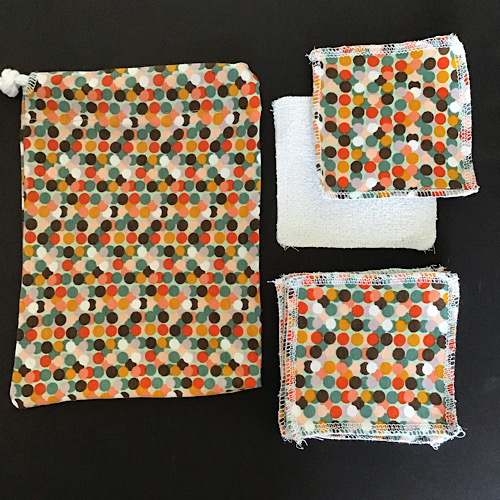
With the remainder squares, edge them with an overstitch. Use the large squares as dusters, they work really well on glass and mirrors to get a lovely shine. Cut smaller squares and use them as face cloths instead of disposable wipes and cotton wool. I backed mine with the towelling from an old dressing gown and created a small drawstring bag to match (a smaller version of number 4.) I used an overlocker to finish the edges. A zig zag on a regular machine works just as well. If you are sewing by hand with an overstitch, use a thicker thread around the edges.
Below we have listed some basic items that are useful to build a repair sewing kit. If you are looking for more ideas, techniques or inspiration then please join our workshops on Monday evening. Three a month in person in London and one online. More details on the calendar section of our website.
